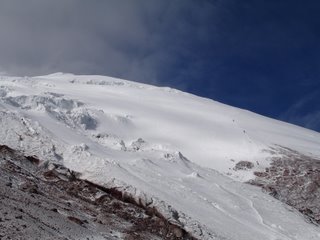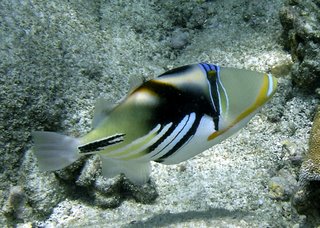





These are photos from Mountain & Marine Medicine's High Altitude Medicine Course in Ecuador last month. We had a group of 19 participants who took part in lectures at the UTE university in Quito before leaving for Tambopaxi refuge in the Cotopaxi National Park. We enjoyed lectures and skills labs at Tambopaxi and then hiked up to the Jose Rivas Refuge on the Cotopaxi volcano. These photos are from the climb on Cotopaxi. 40% of our group made it to the top, 19,300 feet! I turned around at 18,500, so none of these photos show the summit. Check back in a few days for a group photo and summit pictures. Most of us exceeded our climbing goals and achieved our highest altitude ever. But the meeting was really about a fantastic education experience in a stunning setting. We met good friends, learned a great deal about altitude medicine, and look forward to our next experience!
Check out our travels and lectures:
http://www.mountainandmarinemedicine.com/HighAlt.html
Our meeting in Kailua Kona also promises to be an exceptional course, with a unique approach to medical education and terrific guest speakers.
http://www.mountainandmarinemedicine.com/Kona2006.html
email us at: mail@MMMedicine.com







